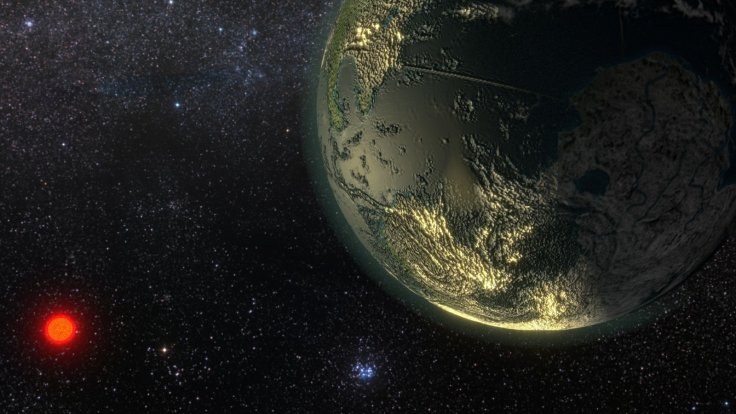A new study conducted by researchers from the Massachusetts Institute of Technology claimed that a putrid gas commonly found on Earth could lead to the discovery of alien life on other planets.
In a new study published in the journal Astrobiology, researchers identified a gas known as phosphine as a possible indicator of alien life on a different planet. On Earth, this is considered as the most toxic and foul-smelling gas on Earth, which can be commonly found in swamps, bogs and dung heaps of penguins.
Phosphine As A Sign Of Alien Life

For the study, lead researcher Clara Sousa-Silva and her colleagues studied the smelly and poisonous gas for the last decade. Through their scientific observations and experiments, they were able to learn about the gas' chemical properties and what makes it different from other gasses. They learned that although most aerobic or oxygen-reliant organisms on Earth stay away from phosphine, this putrid gas can also be produced by anaerobic life forms or those that do not need oxygen to live.
Since oxygen is one of the key features of Earth that cannot be found in other known planets, the researchers concluded the presence of phosphine in other worlds could be a sign of anaerobic alien life.
"Here on Earth, oxygen is a really impressive sign of life," Sousa-Silva said in a statement. "But other things besides life make oxygen too. It's important to consider stranger molecules that might not be made as often, but if you do find them on another planet, there's only one explanation."
Detecting Phosphine On Other Planets

According to the researchers, if the level of phosphine produced on a different planet is similar to that of methane on Earth, then it would be enough to produce a distinct biosignature. This biosignature, which could come in the form of light in the planet's atmosphere, could be detected by NASA's upcoming exoplanet-hunting instrument, the James Webb Space Telescope.
Based on the findings of the new study, space agencies like NASA could refer to phosphine when it comes to observing other planets. This could allow agencies to determine which planets are capable of hosting alien life based on the levels of phosphine detected from their atmospheres.









